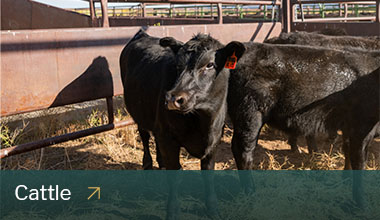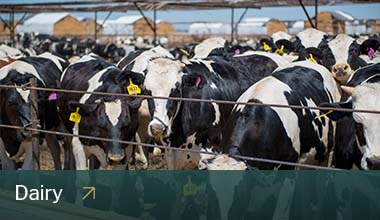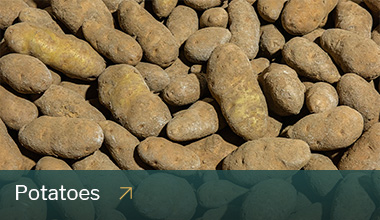Industry Insights

Industry Insights
April update
Commodity producers brace for losses while livestock sentiment is more optimistic.
Declining sentiment among commodity producers stands in stark contrast to the more optimistic outlook of livestock producers. Commodity producers face low prices and few profitable planting alternatives, leaving even the most skilled producers bracing for financial losses. According to the Purdue University/CME Group Ag Economy Barometer, producer sentiment dropped in March amid uncertainties about the impact from tariffs. However, there is a silver lining: the USDA expects net farm income to rise by 29%, largely due to an additional $37 billion in expected government payments. These payments will be crucial for providing financial assistance during a period of heightened market volatility and challenging economic conditions for commodity producers. Conversely, livestock and dairy producers maintain a more optimistic outlook, supported by tight national supplies and strong consumer demand, despite higher retail prices.
Monthly Spotlight
Recent Posts
Economic Headlines
.jpg?sfvrsn=68087301_1)
Wednesday, April 9, 2024
April economic headlines, data and trends
by AgWest Farm Credit
Monthly economic trends, data and major industry headlines.
Read moreIndustry insights
AgWest Farm Credit’s industry research team covers the state of major agricultural commodities in Alaska, Arizona, California, Idaho, Montana, Oregon and Washington. The market updates are based on various sources, and include boots-on-the-ground insights from AgWest’s own lending, appraisal and crop insurance teams across the West. For industry specific information, news and upcoming events, check out our industry pages below.










